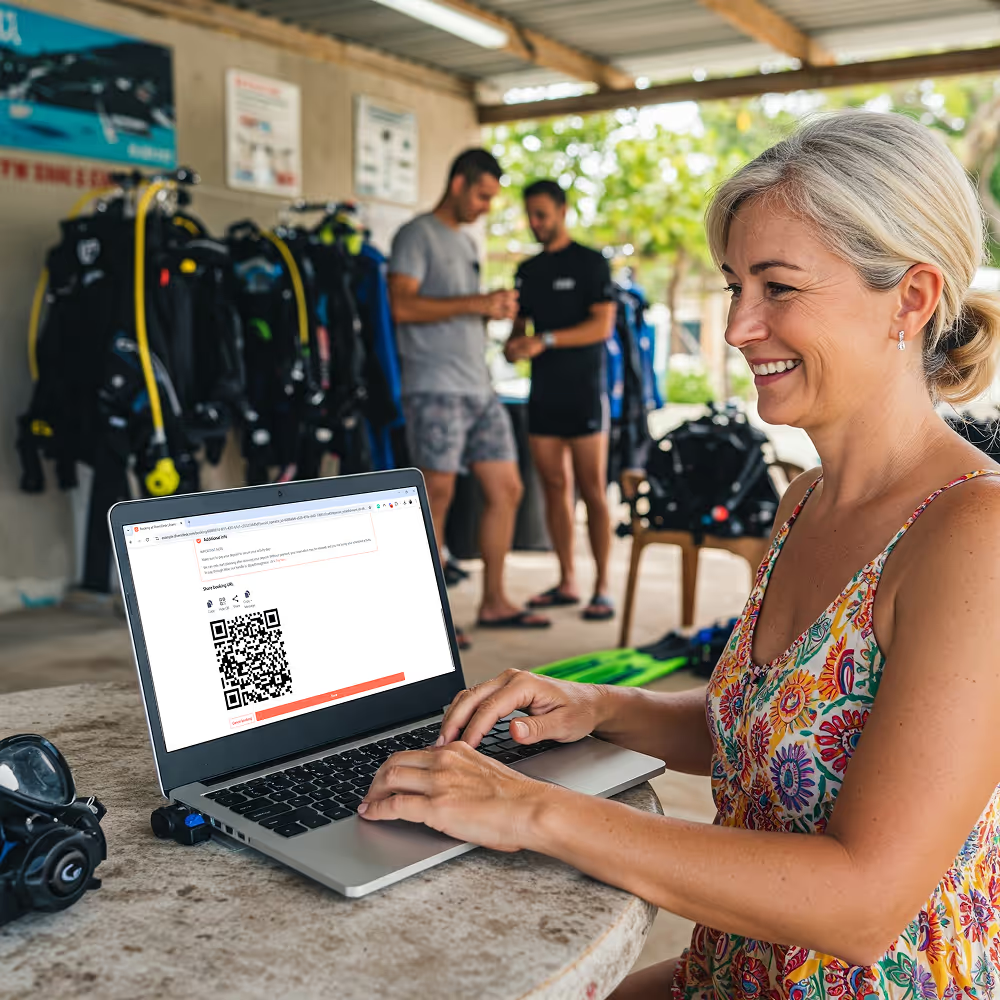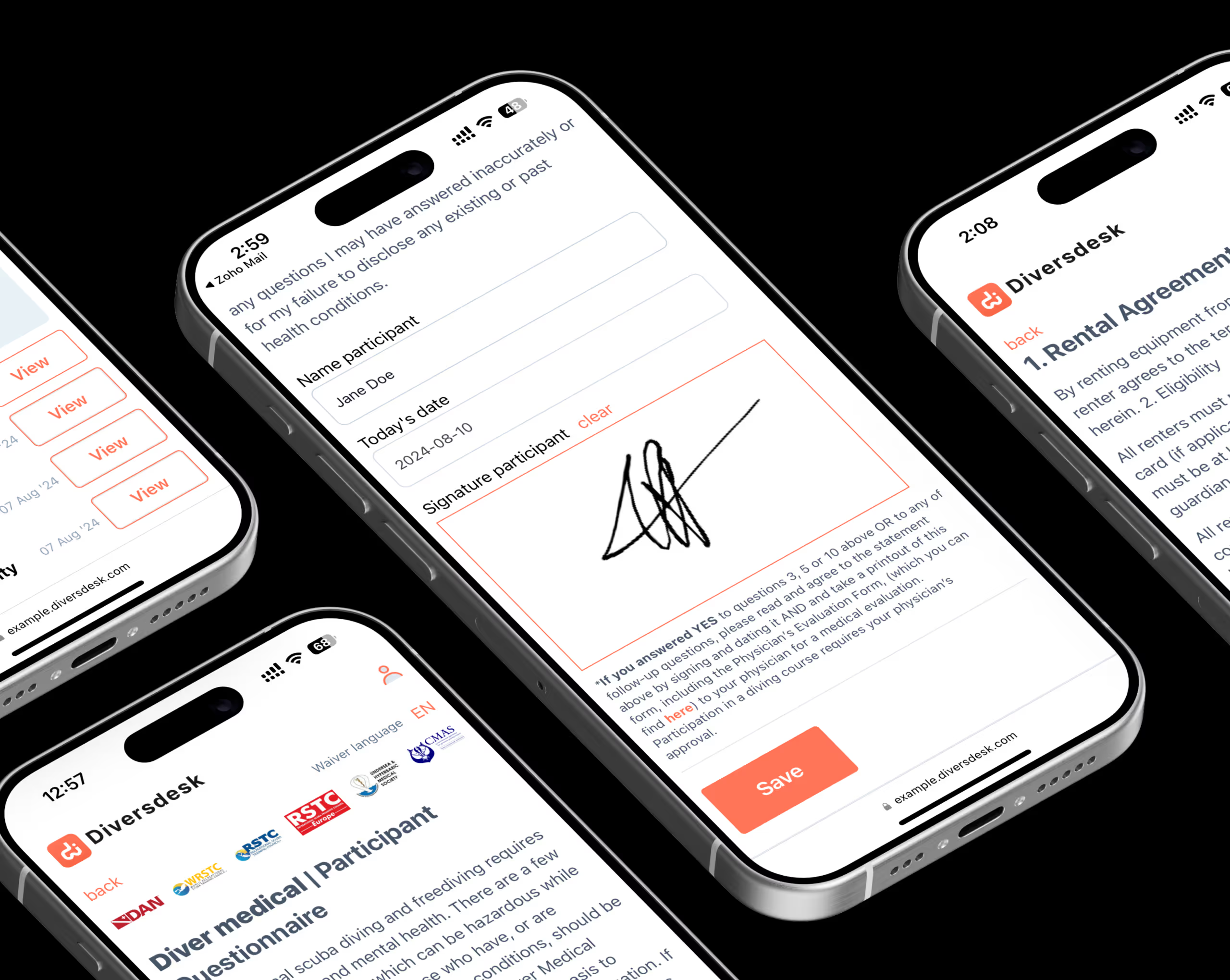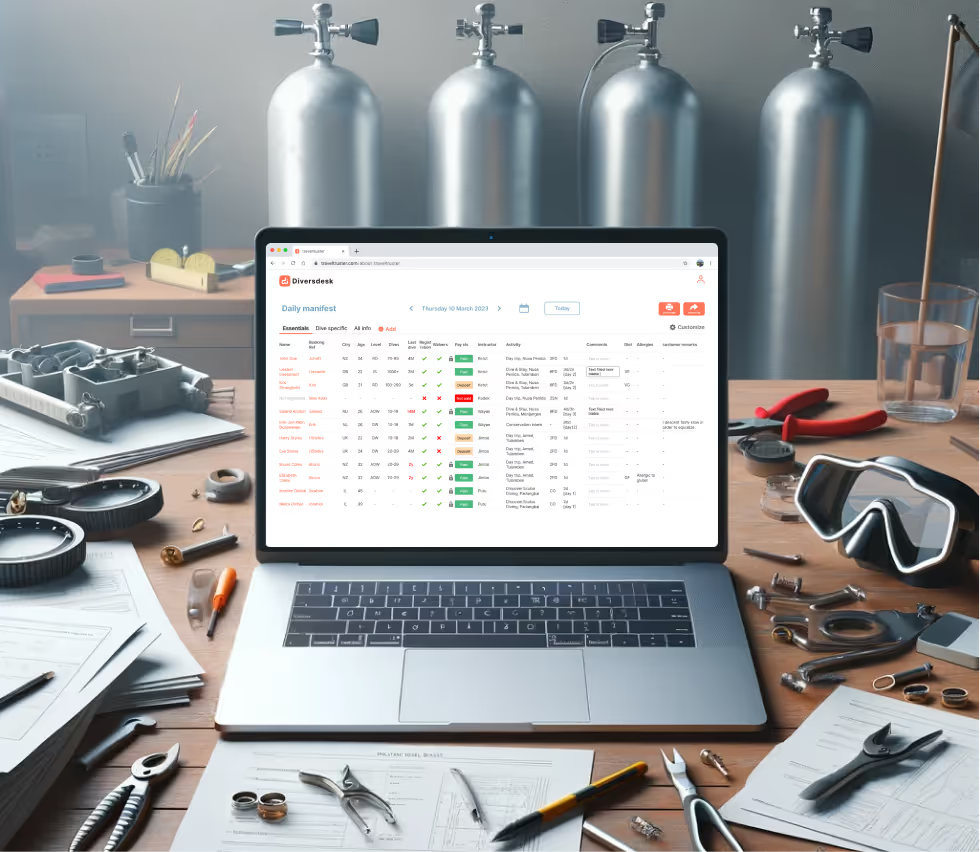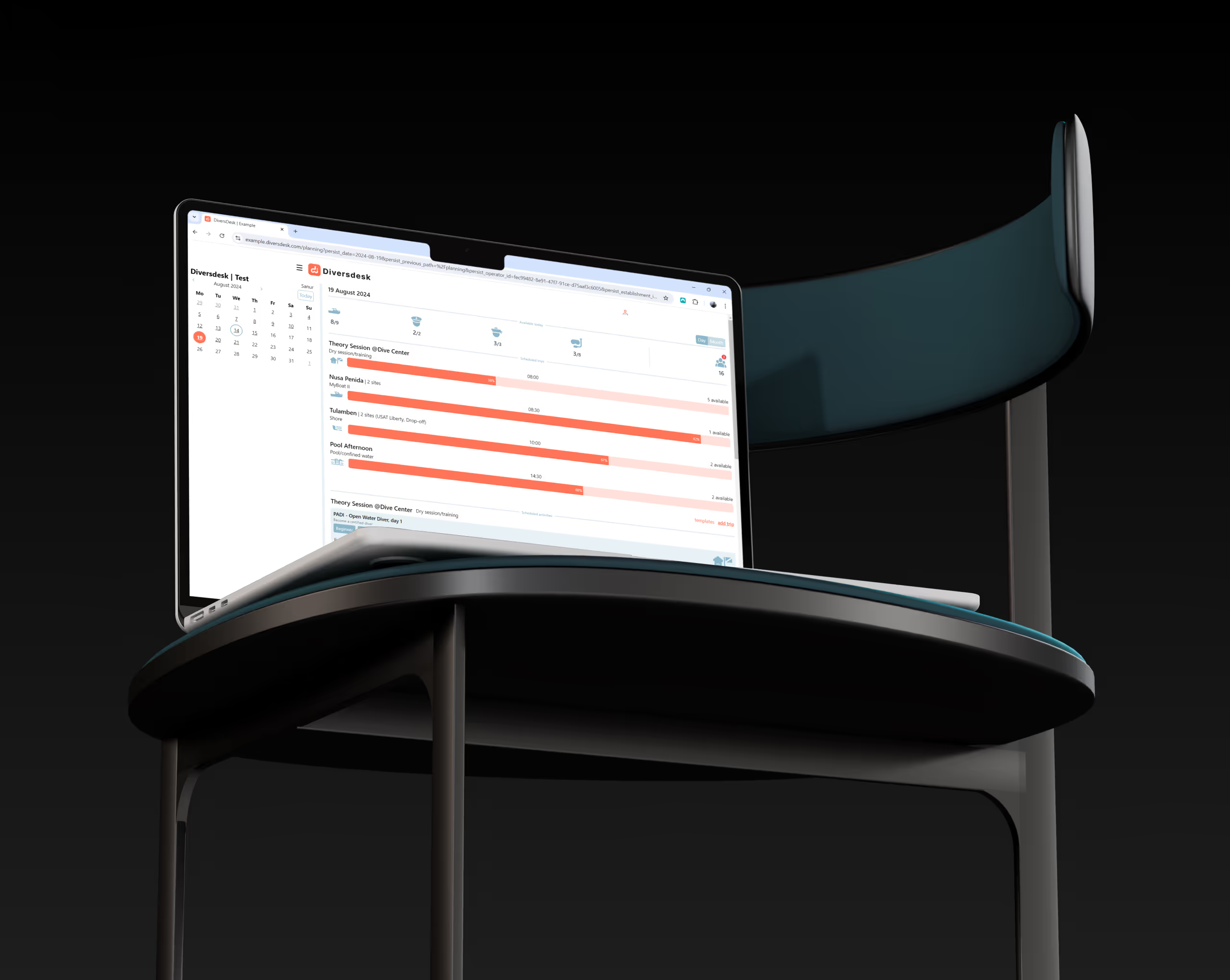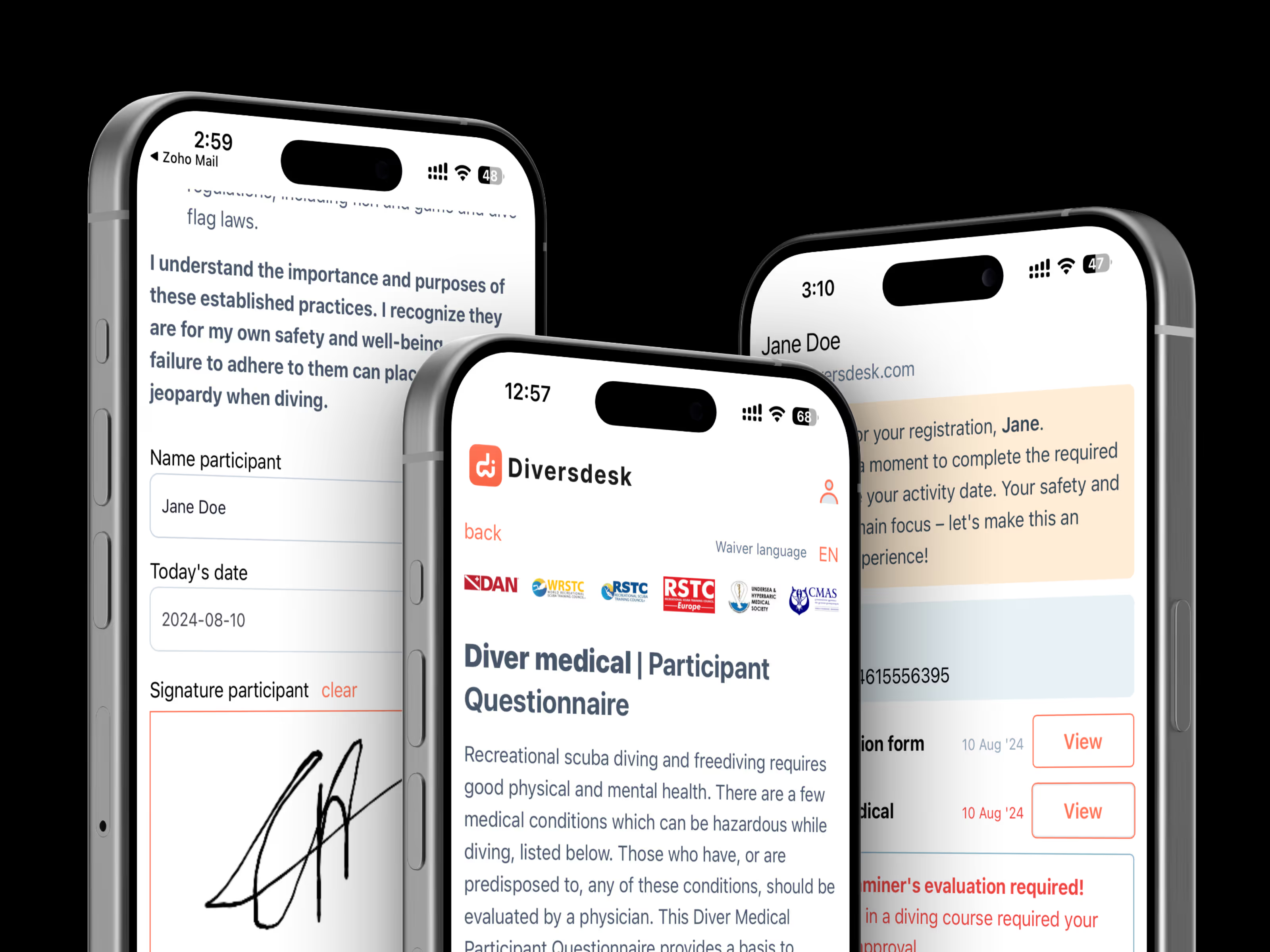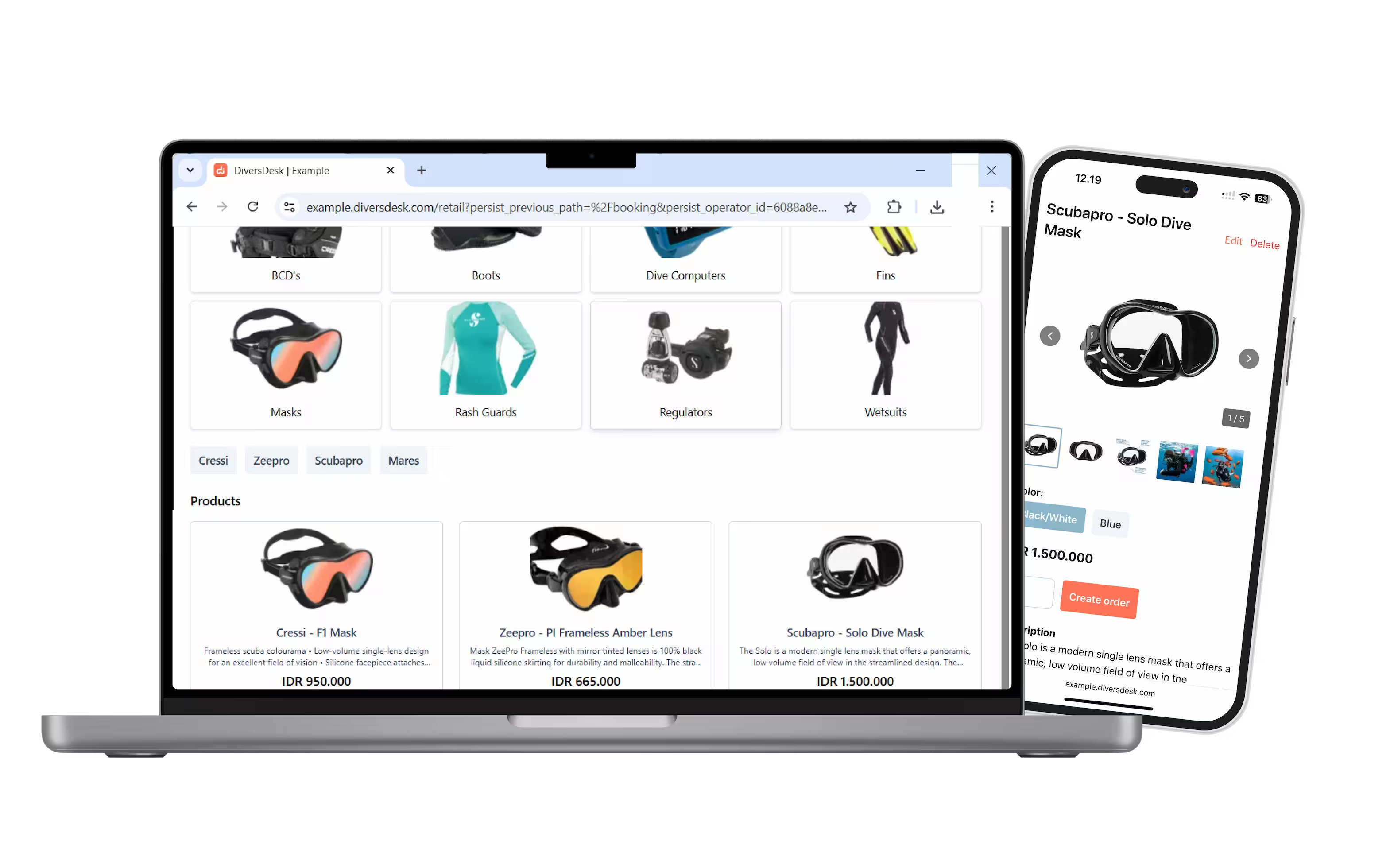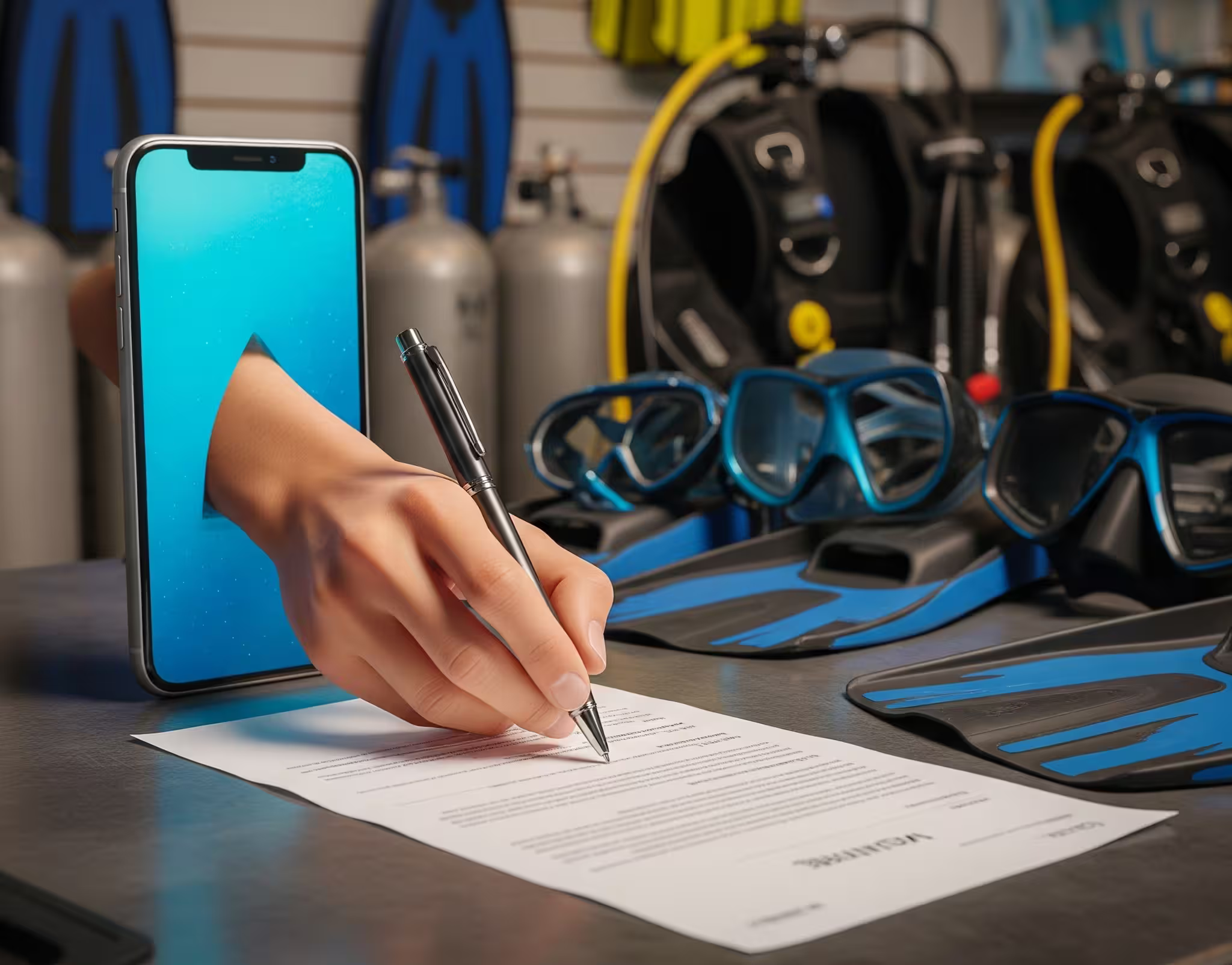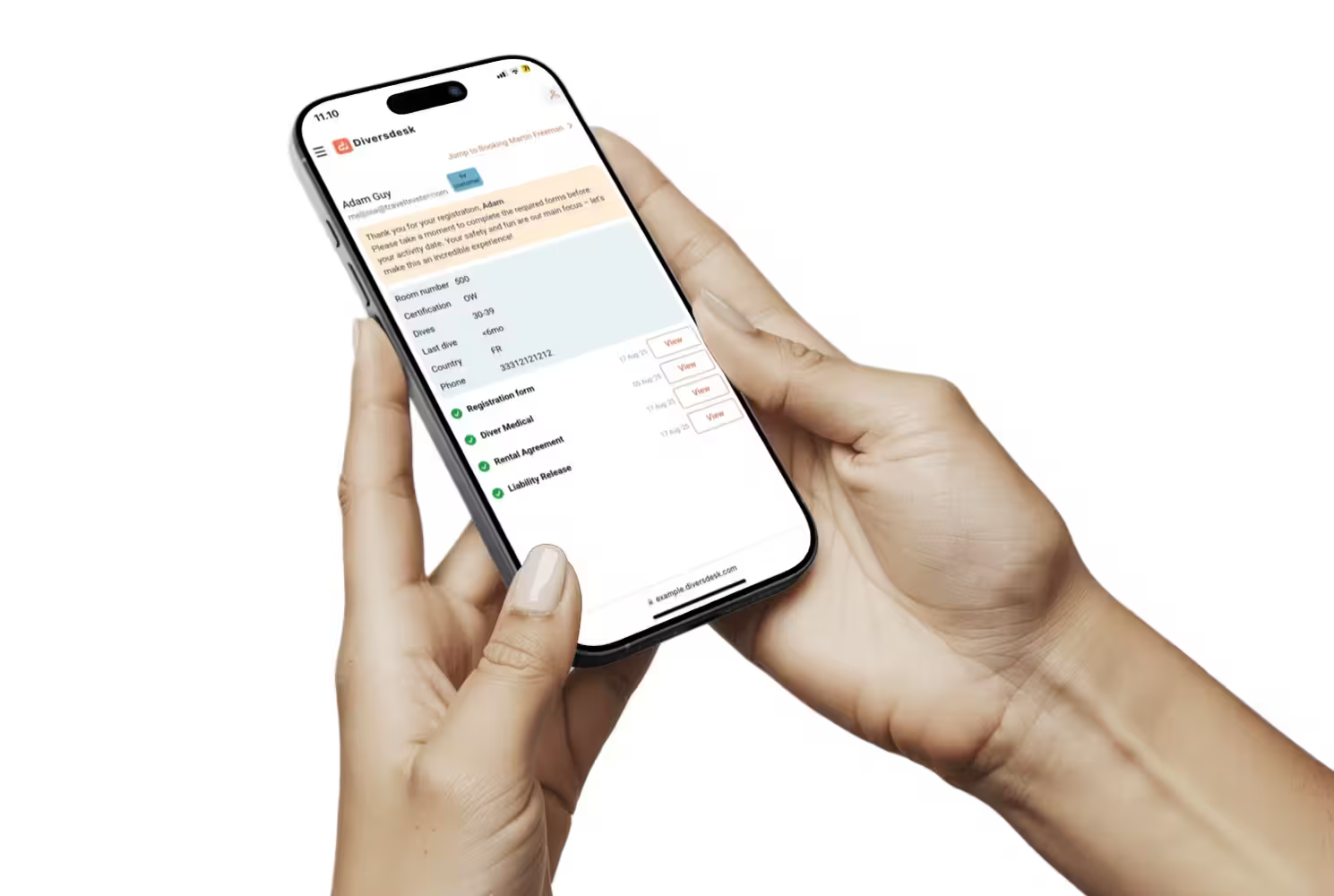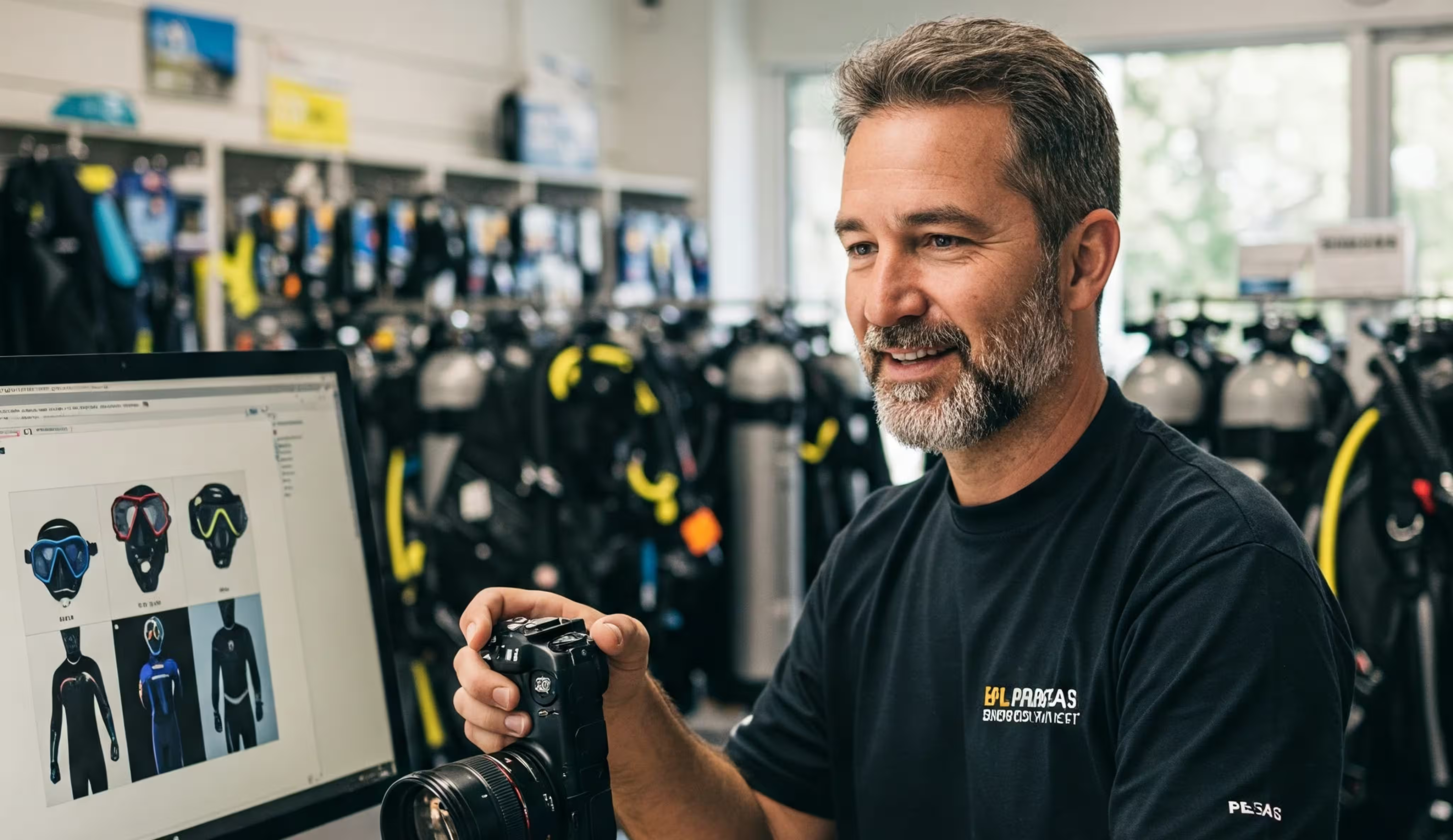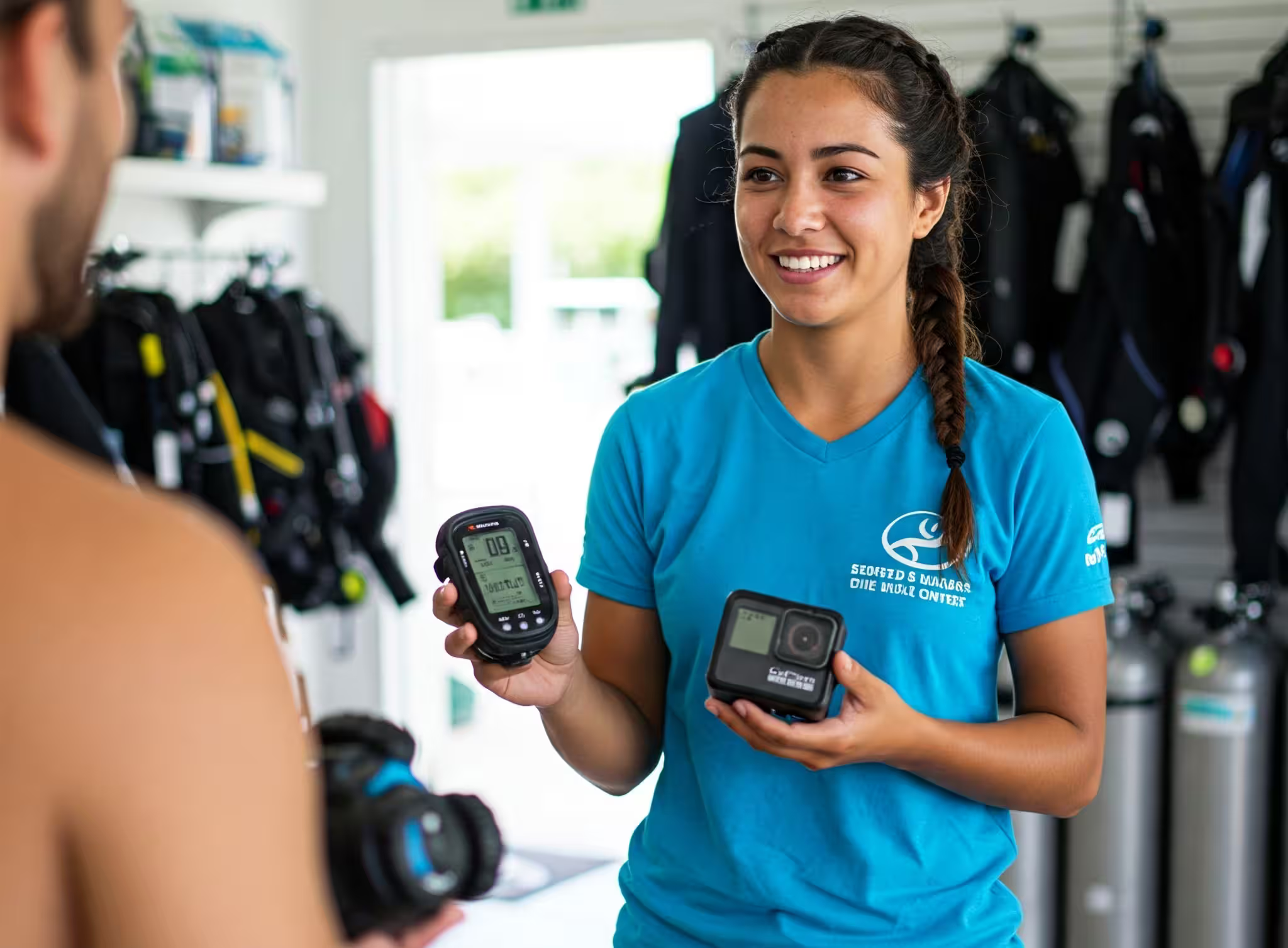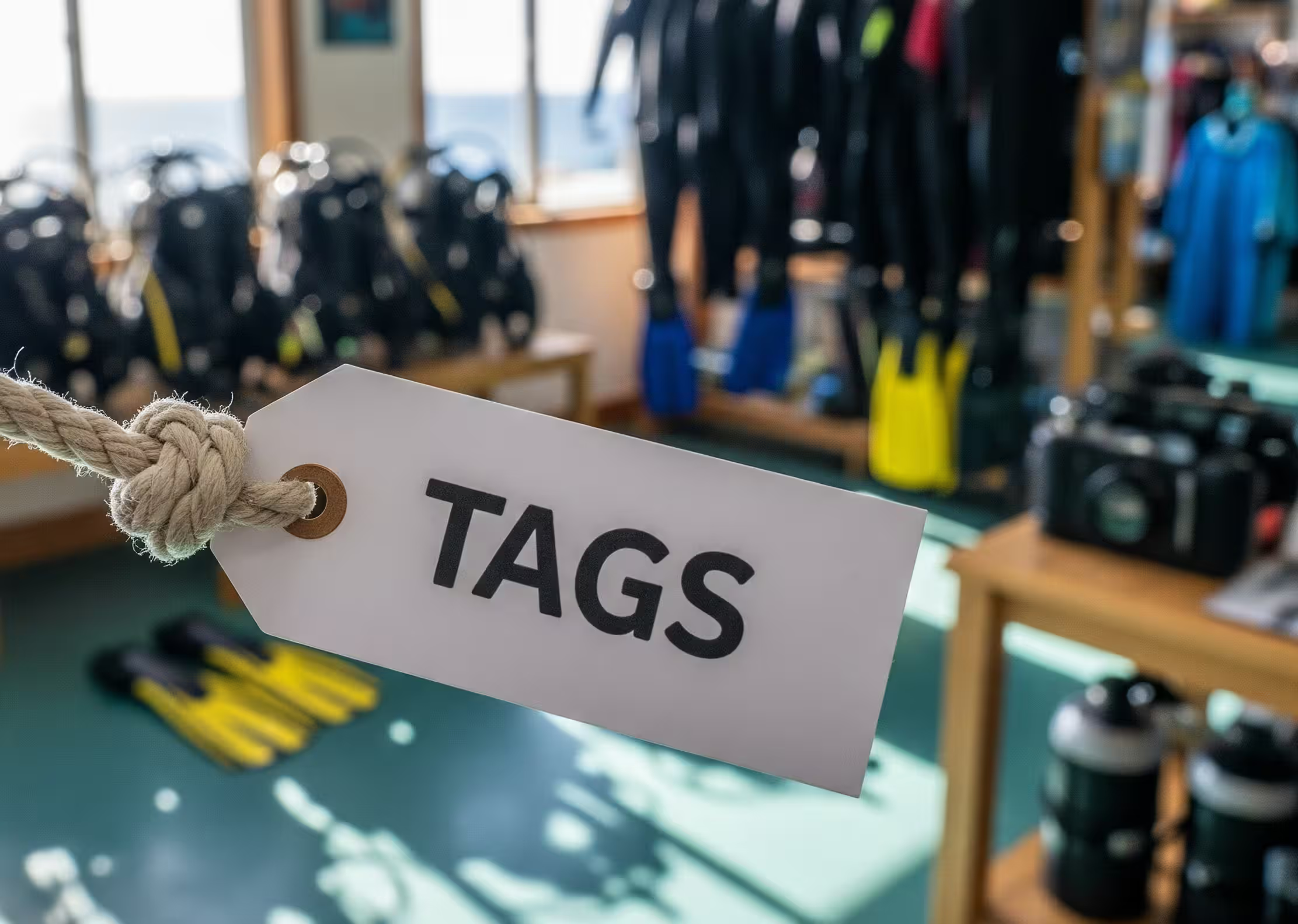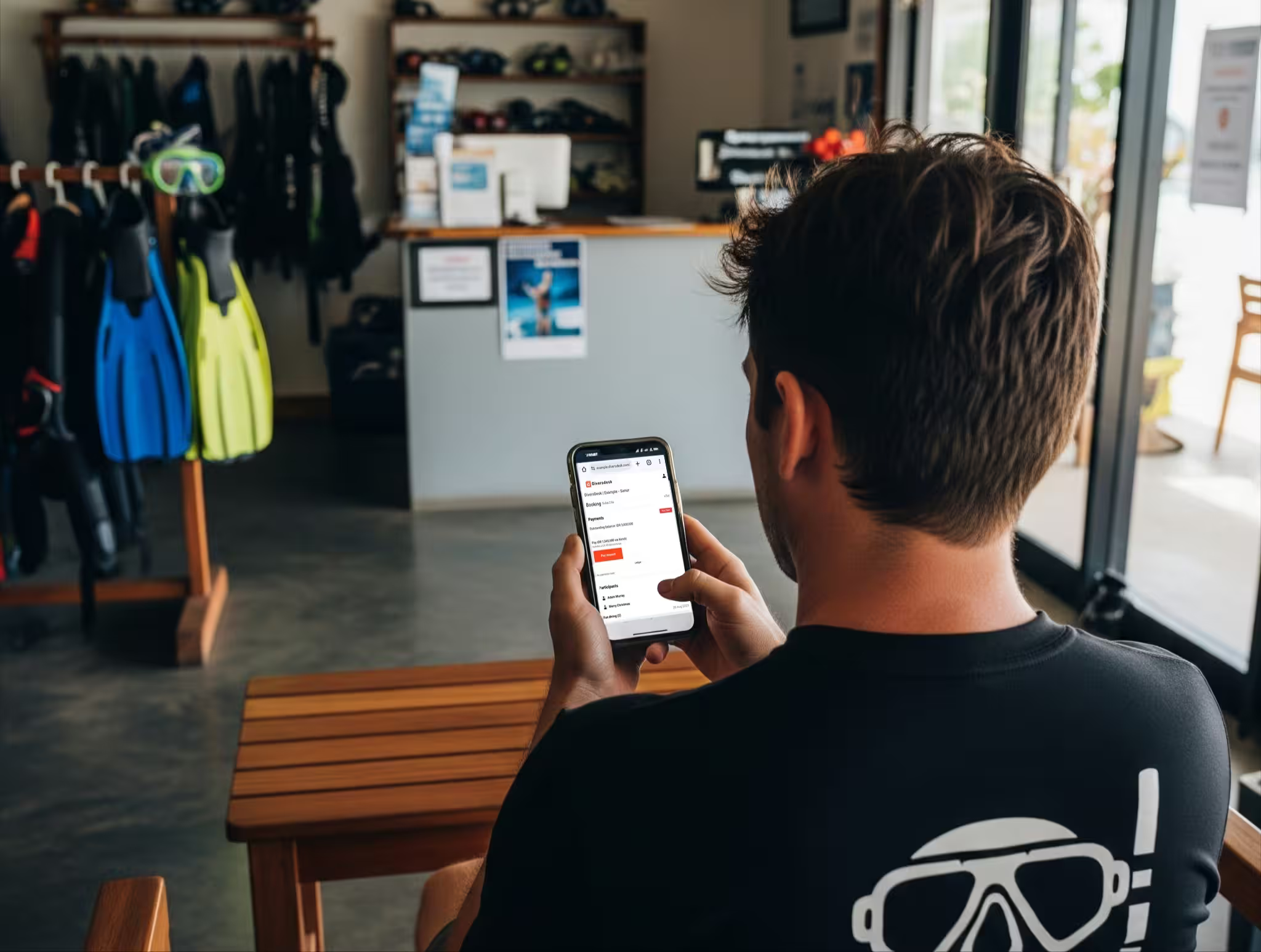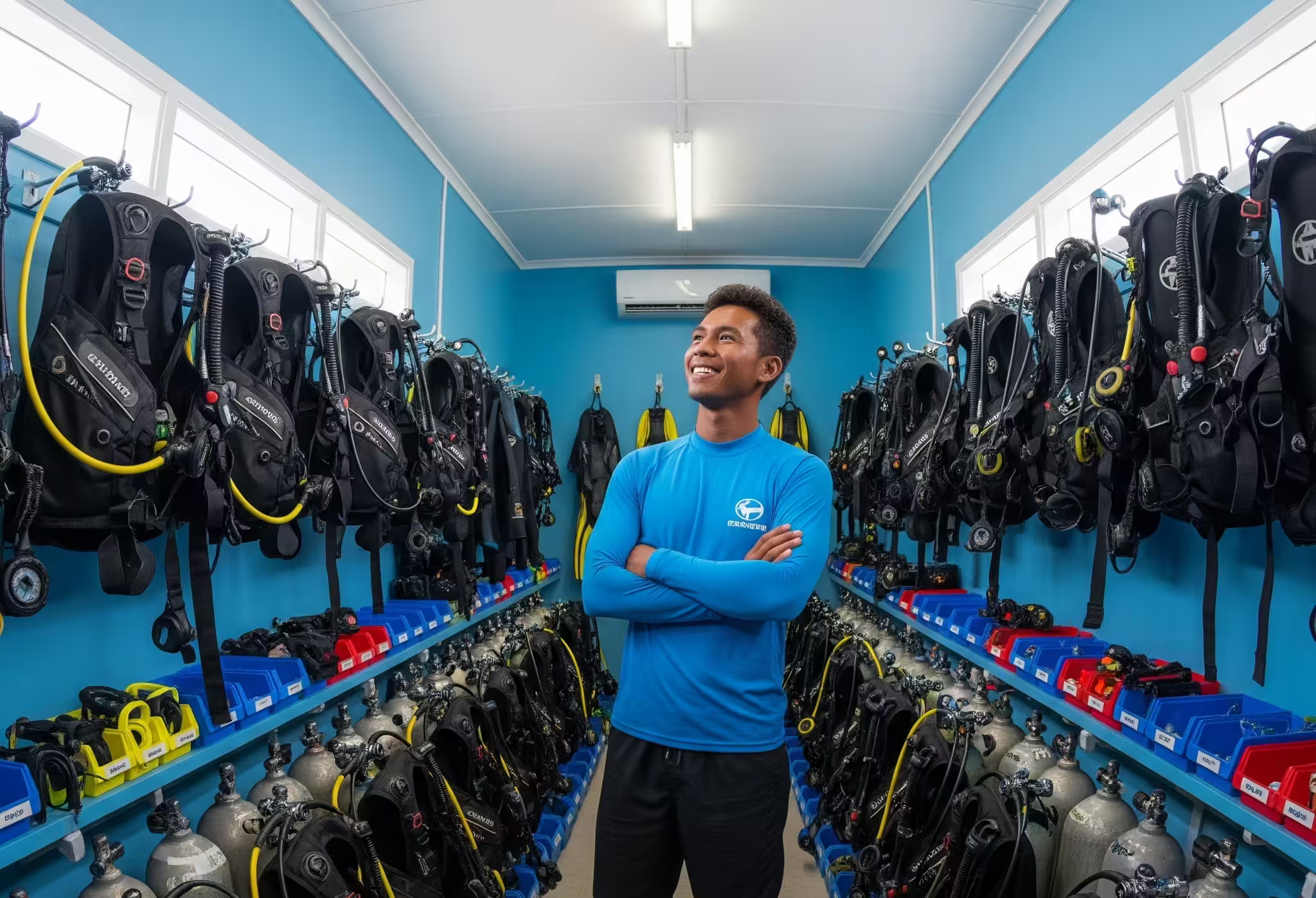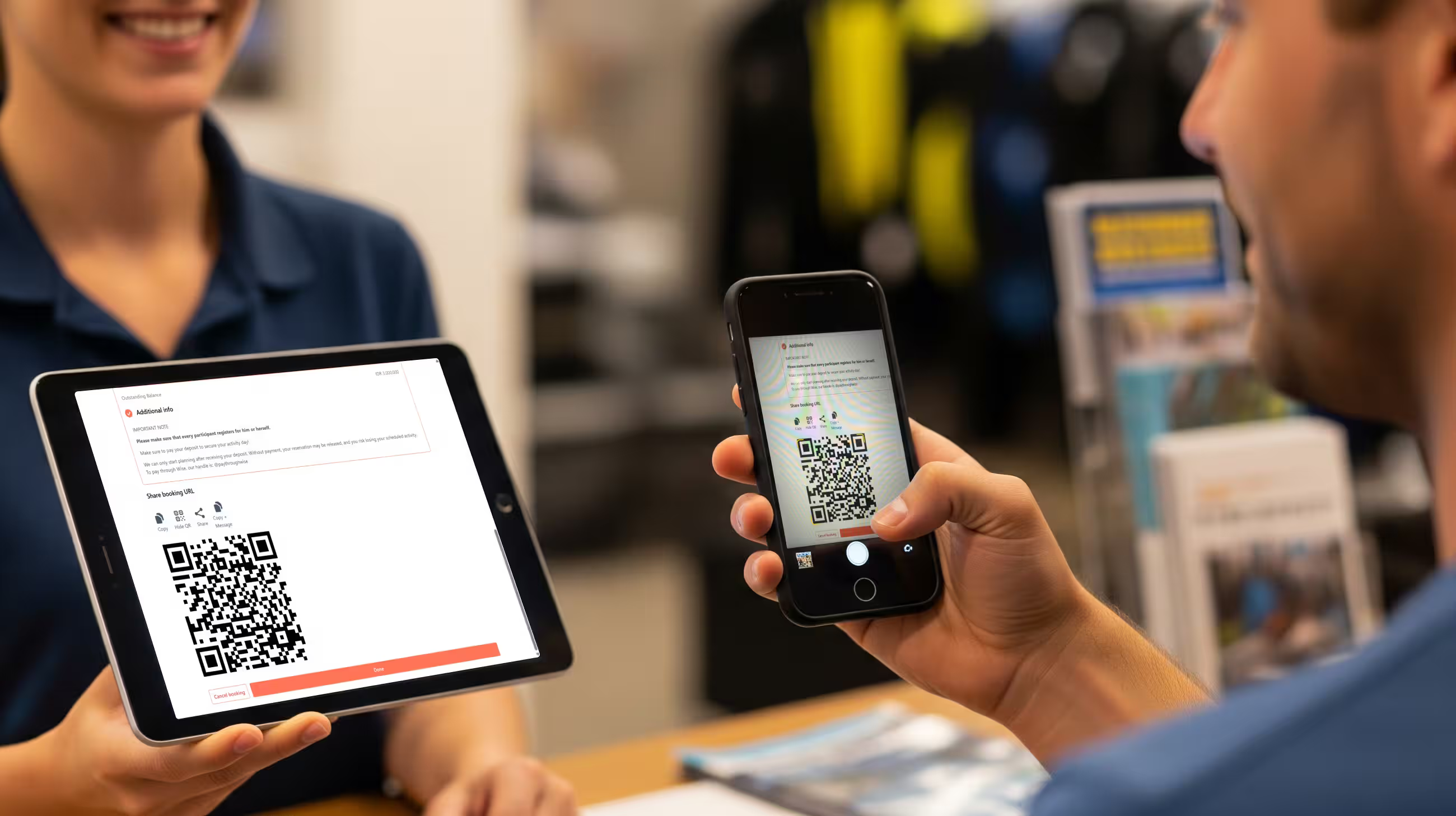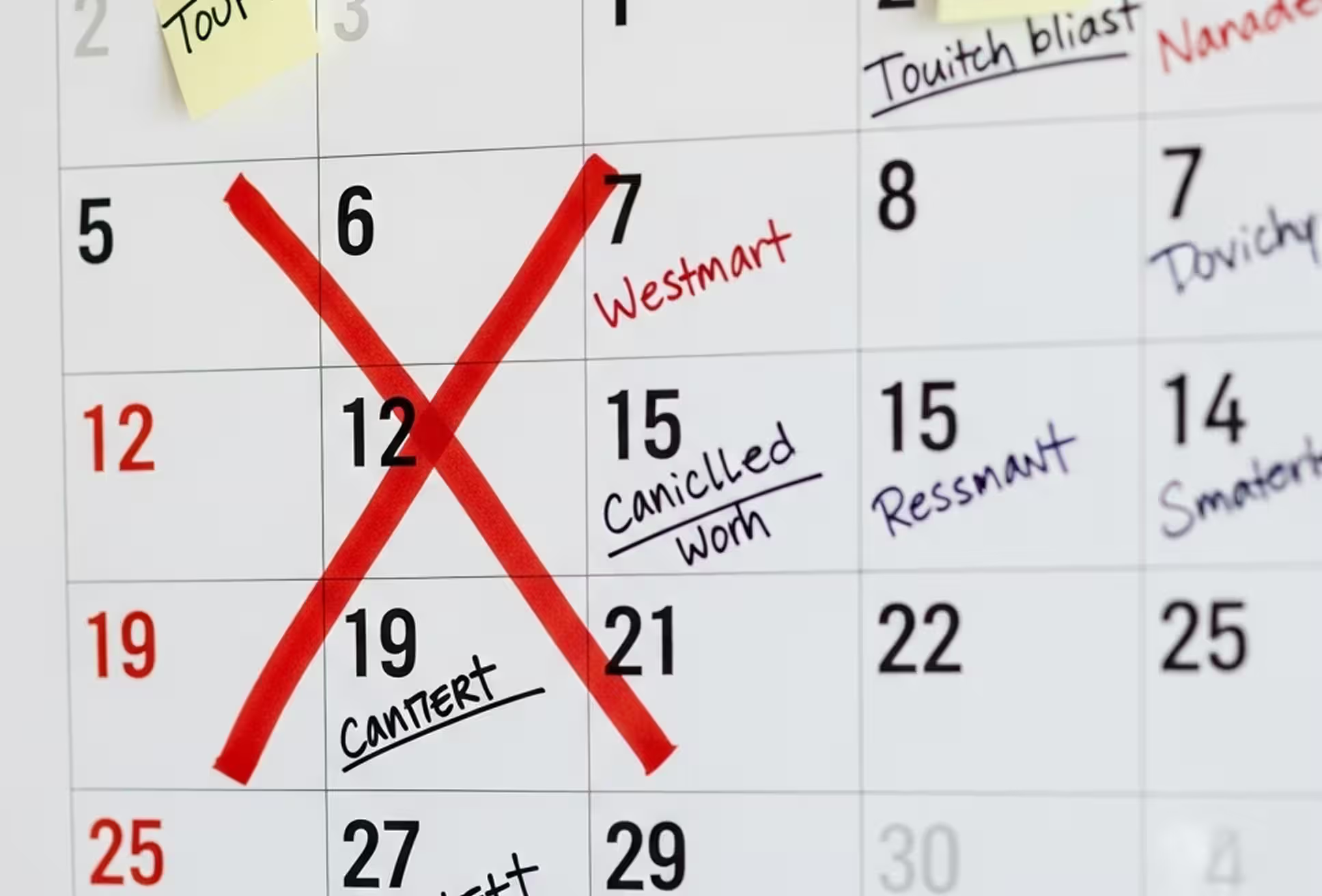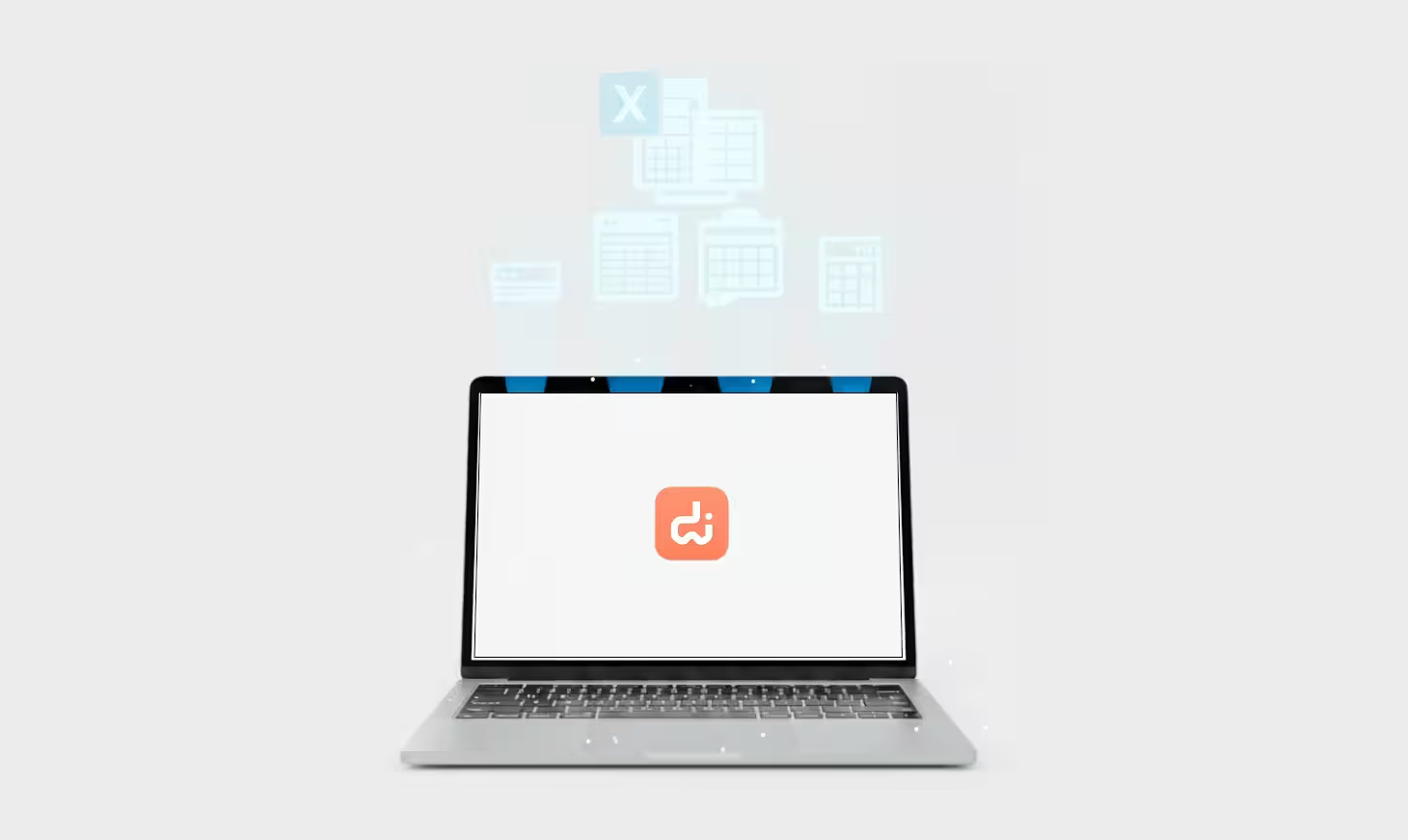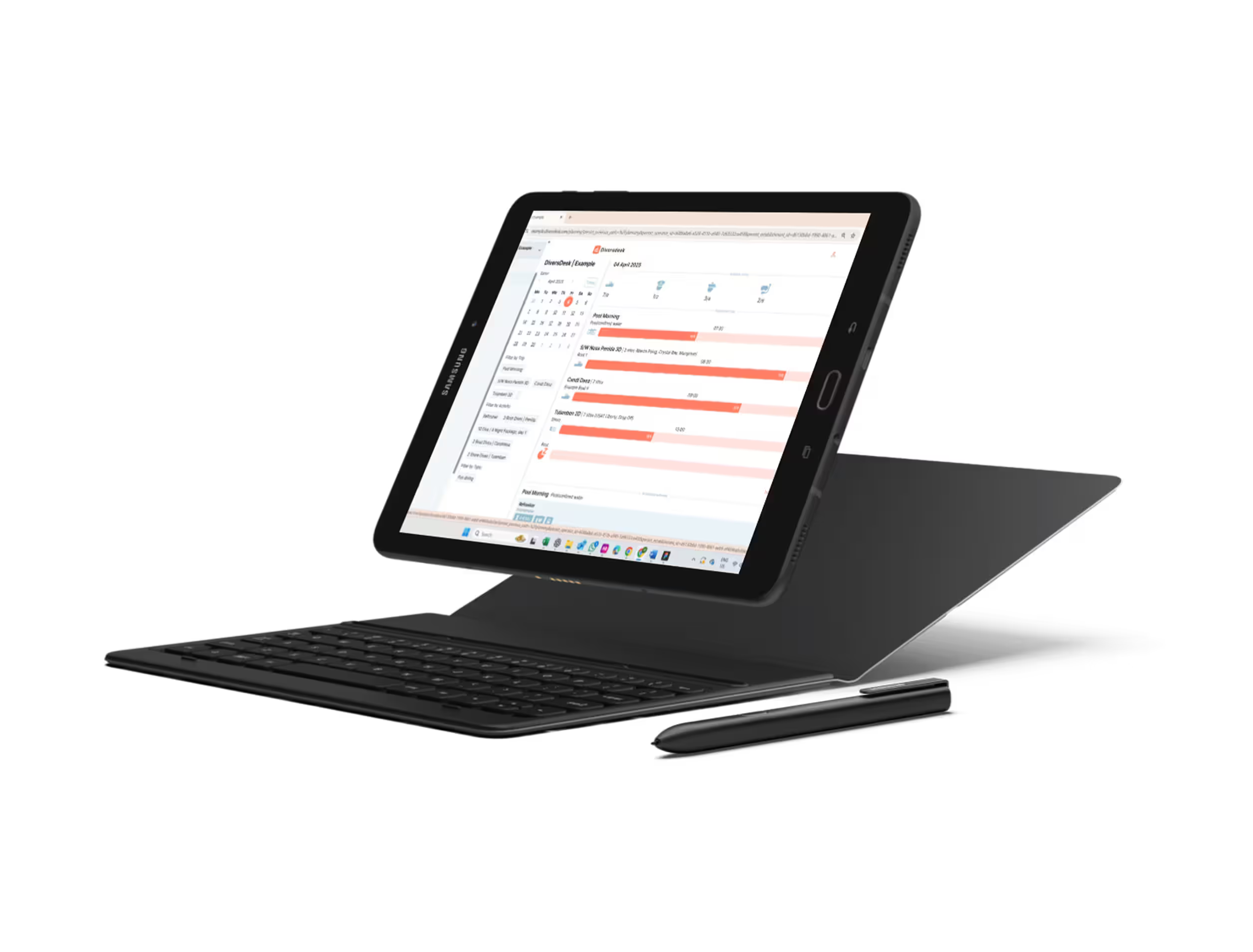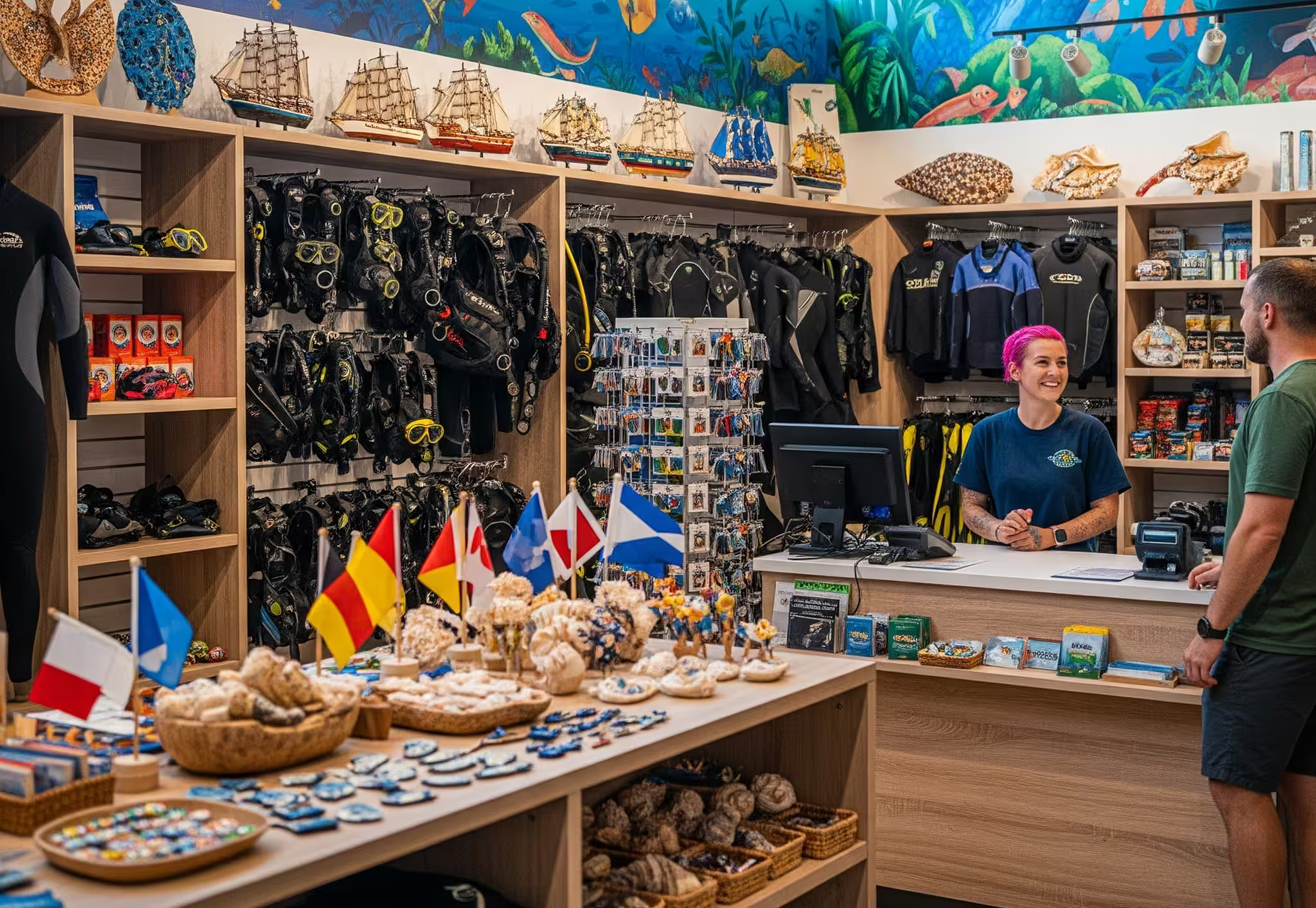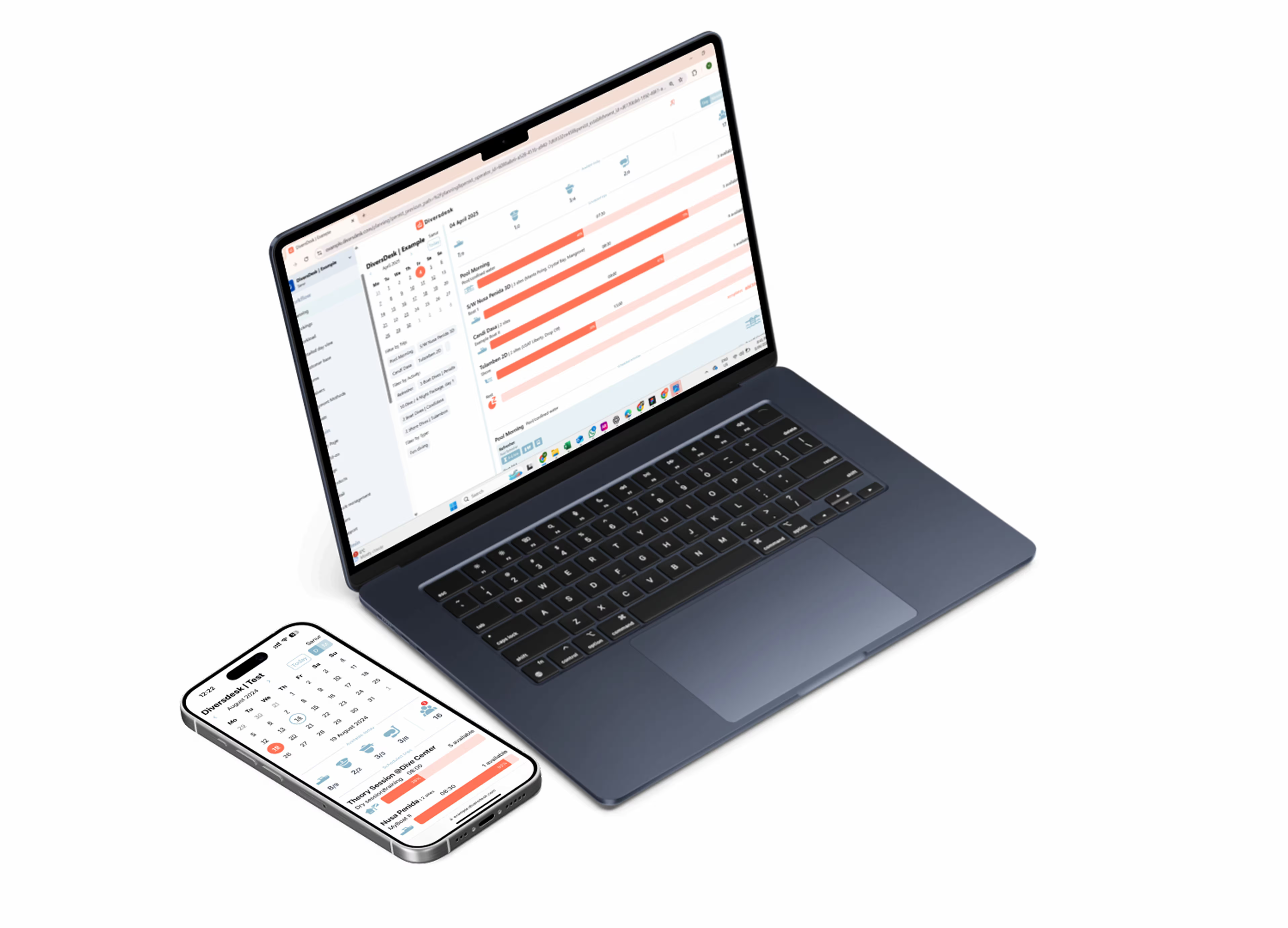1. The Booking Challenge: Ditch the Paperwork
Running a dive center is a wild ride. You're juggling everything from course schedules and boat trips to gear rentals and, of course, the divers themselves. And let's be real, dealing with bookings manually? It's a time-suck, plain and simple. We're talking piles of paperwork, endless chats and phone calls, and, let's not forget, the human errors that creep in when you're transferring data from paper to… well, anywhere. And don't even get me started on trying to keep track of pre-payments and managing communication across a dozen different platforms.
But here's the thing: it doesn't have to be. Automation is your friend. 🙂 It's about ditching the paperwork and embracing digital tools that streamline your entire booking process. Think about it, instead of spending hours on manual entries, you could be focusing on what you actually love: getting people in the water.
2. Digital Booking Benefits: More Than Just Convenience
We're talking about generating booking links in seconds, sharing them effortlessly with groups or individuals, and allowing customers to register and complete waivers seamlessly. Modern booking systems support a variety of onboarding methods to cater to every customer. From traditional bookings managed by the dive center to quick registrations via QR codes for walk-ins, and even direct bookings through your website, the flexibility is key. And let's not forget the power of automated communication – confirmations, reminders, payment notifications, and more – all sent without any manual effort. Plus, integrated payment options significantly reduce no-shows and streamline the entire process.
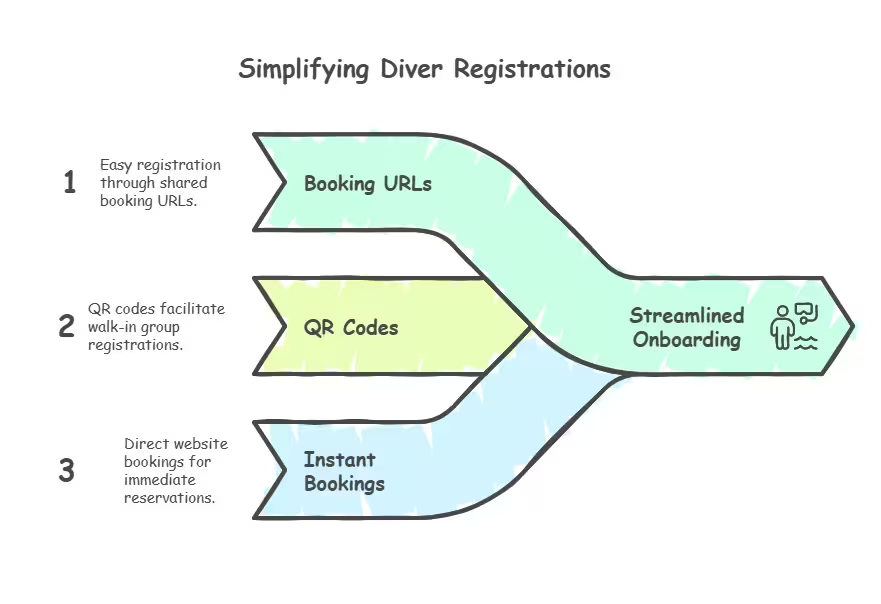
3. Essential Booking Software Features
Now, not all booking software is created equal. You need something flexible, something that works on any device because who wants to be chained to a desk? Mobile optimization is key. Robust payment processing, including secure gateway integration, is non-negotiable. And message templates? They're your secret weapon for automating customer communication. And of course, all that data should flow seamlessly into your customer database.
4. Diversdesk: Streamlining Your Dive Operations
With Diversdesk, we're talking about sharing booking URLs or QR codes, making it super easy for divers to register, even when you're swamped. That QR code? It's a lifesaver for those walk-in groups. And instant bookings? They let people book directly through your website. We're working on more refined control for instant bookings, to provide even more granular control.

5. Happy Staff, Happy Customers: The Ripple Effect
Automating your booking process isn't just about making your life easier. It's about creating a better experience for everyone. Customer onboarding? Done in a fraction of the time, whether they're booking before arrival or from their resort room. Mobile-friendly dynamic screens? Check. No more data entry nightmares. And returning guests? They'll love the streamlined flow, previous registrations and waivers ready to go. Resulting into happier staff and happier customers.
6. Seamless Integration for Streamlined Operations
Diversdesk isn't just a booking tool; it's the central hub for your entire operation. Imagine this: bookings automatically updating your accounting, and customer communications flowing effortlessly, all within one platform. This level of integration eliminates the chaos of juggling multiple systems, reduces errors, and gives you a clear, real-time view of your dive center's performance. It's about building a smarter, more efficient dive center that allows you to focus on what matters most: growing your business and providing top-tier service.
7. Time and Revenue: The Bottom Line
Let's talk about the real impact of automation: time. Imagine cutting your customer onboarding time by a quarter. For an average dive center handling, say, 250 guests a month, that's a significant time saving. If your staff spends, on average, 15 minutes per guest on manual onboarding, that's a total of 62.5 hours spent. By automating, you're potentially freeing up over 15 hours each month, that's roughly two full working days! That's time you can reinvest in growing your business, improving customer experiences, or simply enjoying a less hectic work week. And, of course, when your team spends less time

